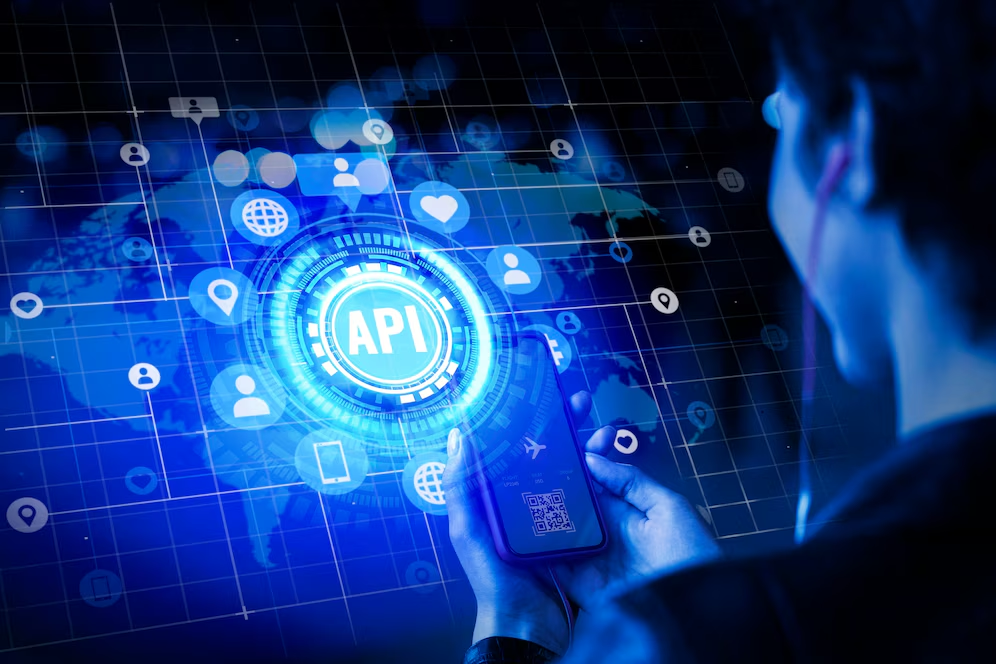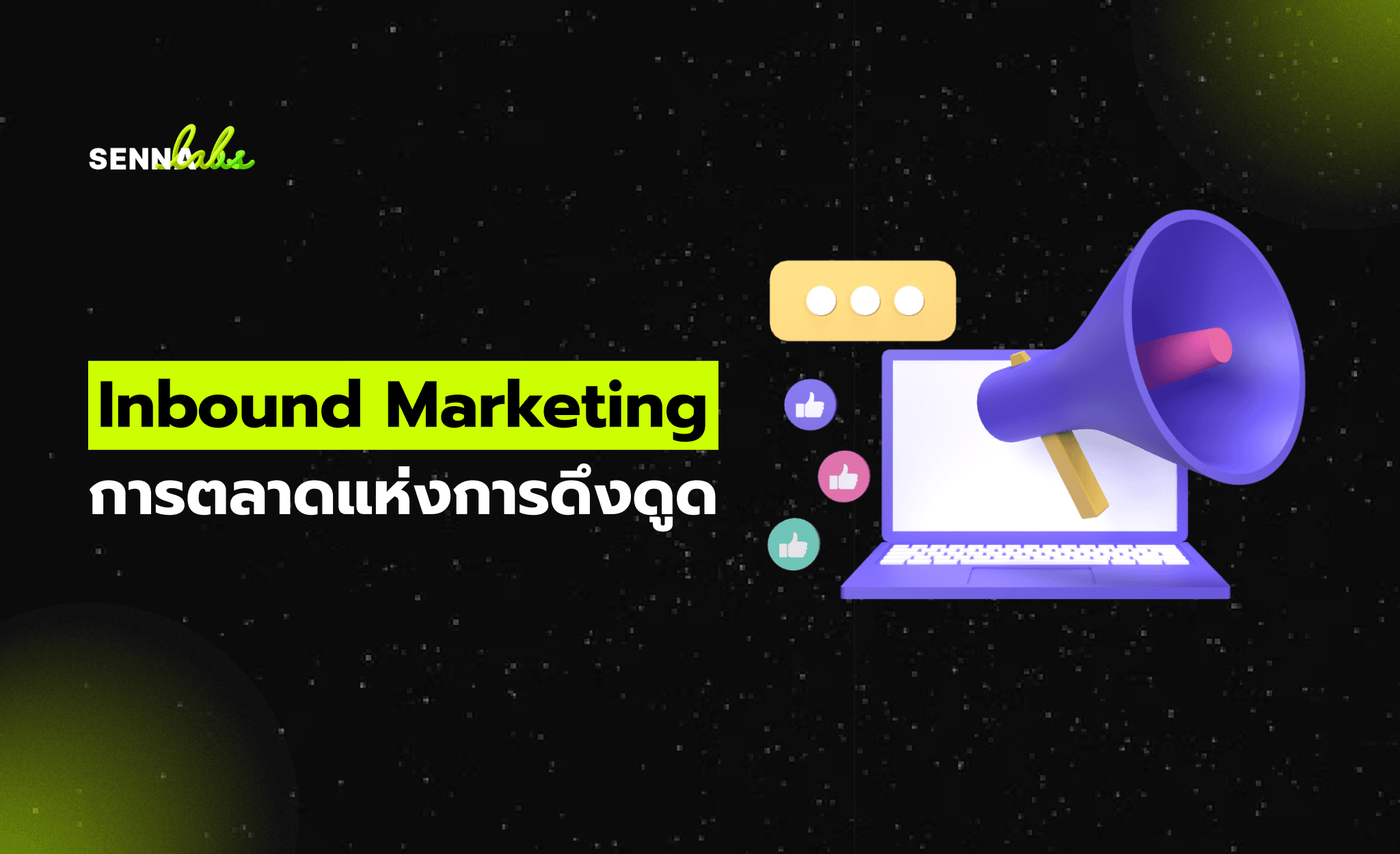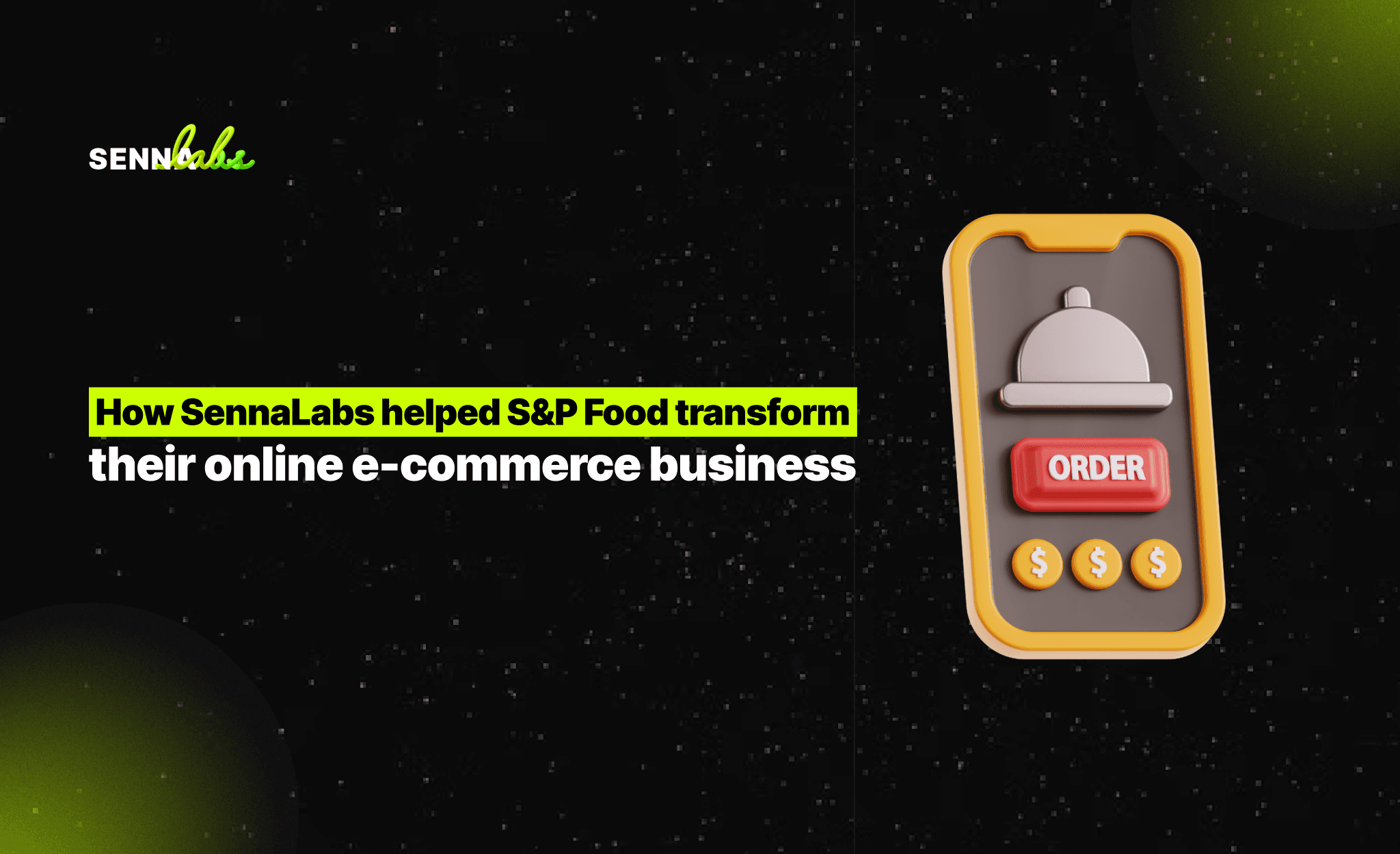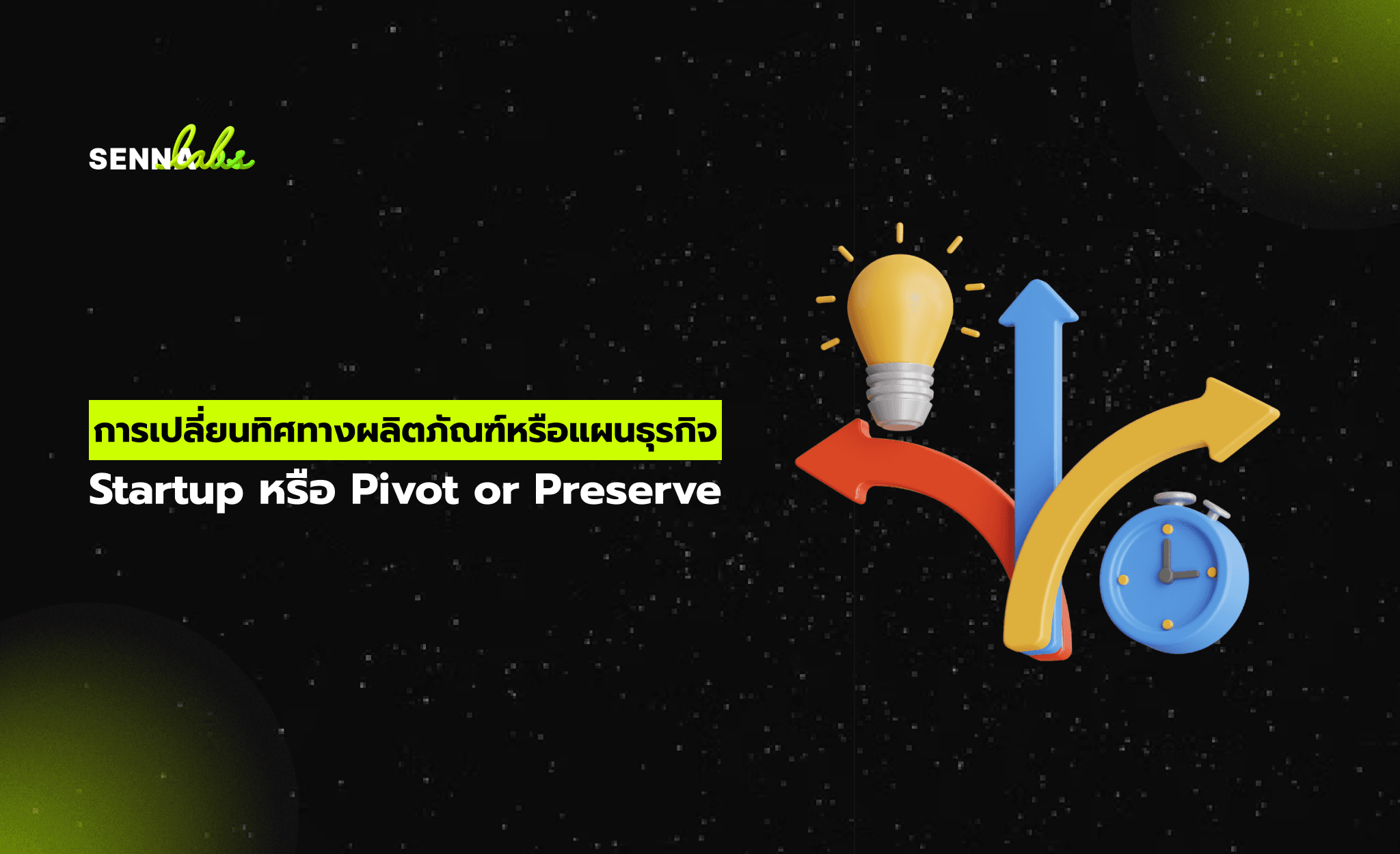How AI Makes Progressive Web Apps Faster and More Reliable

With the growing demand for faster and more responsive web experiences, Progressive Web Apps (PWAs) have emerged as a powerful alternative to traditional mobile applications. PWAs offer app-like functionality, offline access, and improved performance without requiring users to download an app from the app store.
However, PWAs still face challenges related to load times, resource efficiency, and real-time responsiveness. This is where AI optimization comes in. By leveraging machine learning and AI-driven performance enhancements, companies can create faster, more efficient, and smarter PWAs that improve user experience while reducing server load.
A real-world example is TrueX Smart Living, which uses an AI-Optimized PWA to allow users to control smart home devices through a fast and seamless web interface, eliminating the need for a traditional mobile app.

Why PWAs Matter in the Digital Age
Progressive Web Apps (PWAs) combine the best of web and mobile applications, offering:
-
Fast Load Times – Optimized caching and background data loading.
-
App-Like User Experience – Runs in a browser but behaves like a native app.
-
Offline Functionality – Works even with limited or no internet access.
-
Lower Development Costs – No need to build separate Android and iOS apps.
-
Better Accessibility – Users can access PWAs instantly from any device without installation.
However, performance bottlenecks and resource-heavy processing can slow down PWAs, especially when handling real-time data, large files, or interactive elements. AI addresses these issues by optimizing performance, responsiveness, and data handling.
How AI Enhances PWA Performance
1. AI-Powered Load Time Optimization
AI algorithms analyze user behavior and device conditions to preload essential content dynamically. This reduces first-page load times, ensuring users get a smooth and instant experience even on slow networks.
2. Smart Caching and Offline Optimization
AI improves service worker caching strategies, ensuring PWAs store only necessary resources and refresh content intelligently. This leads to:
-
Faster reloading when users revisit the app.
-
Better offline access with minimal storage usage.
-
Efficient data synchronization when an internet connection is restored.
3. AI-Driven Predictive Loading
By using machine learning models, PWAs can predict which content a user is likely to interact with next and preload it in the background. This significantly enhances navigation speed and responsiveness.
4. Enhanced Security with AI-Based Threat Detection
AI strengthens PWA security by:
-
Detecting and preventing unauthorized access attempts.
-
Identifying suspicious login behaviors.
-
Blocking malicious scripts and vulnerabilities in real time.
5. Energy and Resource Efficiency
AI ensures PWAs use minimal battery and processing power by dynamically adjusting background processes based on device capabilities and network conditions.
Real-World Use Case: TrueX Smart Living
Challenges in Smart Home Web Apps
TrueX Smart Living, a smart home automation platform, needed a fast and efficient way to allow users to control smart devices without downloading an app. Their challenges included:
-
Ensuring real-time responsiveness for device control.
-
Providing a smooth, app-like experience on the web.
-
Optimizing performance across different devices and networks.
How AI-Optimized PWA Transformed TrueX Smart Living
By integrating AI-driven performance enhancements, TrueX achieved:
-
Instant Load Speeds – AI preloaded frequently accessed controls, reducing latency.
-
Seamless Offline Access – AI optimized caching, allowing users to control devices even when offline.
-
Adaptive UI and Performance – AI dynamically adjusted the interface based on device capability, ensuring a smooth experience for all users.
-
Enhanced Security – AI-powered threat detection safeguarded user data and prevented unauthorized access.
The Future of AI in PWAs
As AI technology advances, we can expect PWAs to become even more powerful, with:
-
AI-Powered Voice and Gesture Recognition for intuitive interactions.
-
Hyper-Personalized User Experiences based on AI-driven analytics.
-
Smarter Energy Consumption to extend device battery life.
-
Advanced Predictive AI Features for seamless automation in web apps.
Conclusion
AI is revolutionizing Progressive Web Apps (PWAs) by enhancing speed, security, and efficiency. With AI-powered optimizations, PWAs can deliver faster load times, better offline functionality, and smarter content delivery, creating a seamless and responsive user experience.
The success of TrueX Smart Living demonstrates the power of AI-Optimized PWAs in real-world applications. As businesses look for cost-effective and high-performance web solutions, AI-enhanced PWAs will continue to shape the future of fast, secure, and intelligent web applications.


Subscribe to follow product news, latest in technology, solutions, and updates
บทความอื่นๆ



Let’s build digital products that are simply awesome !
We will get back to you within 24 hours!ติดต่อเรา Please tell us your ideas.
Please tell us your ideas.












